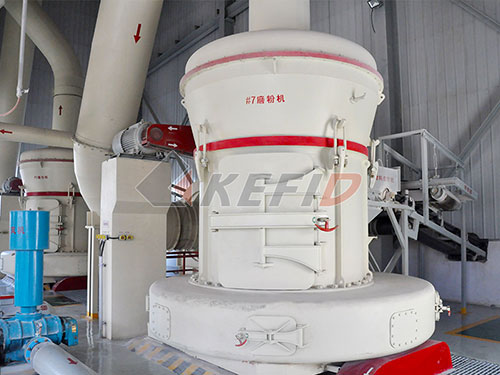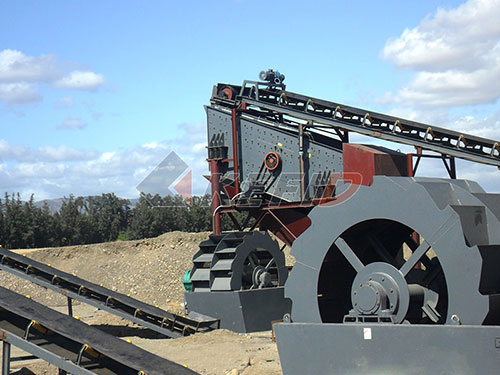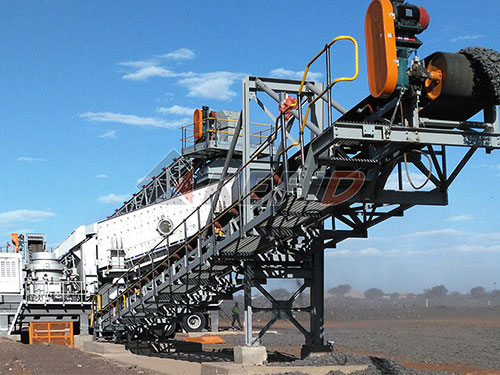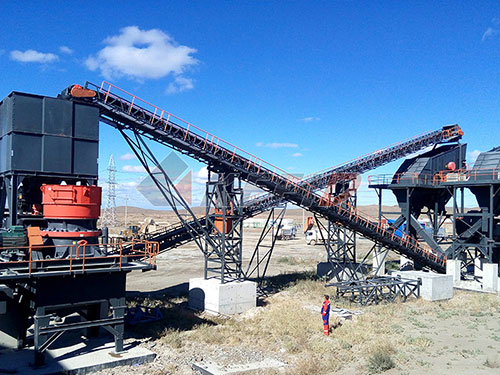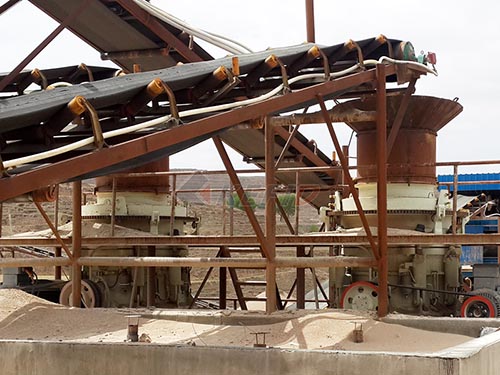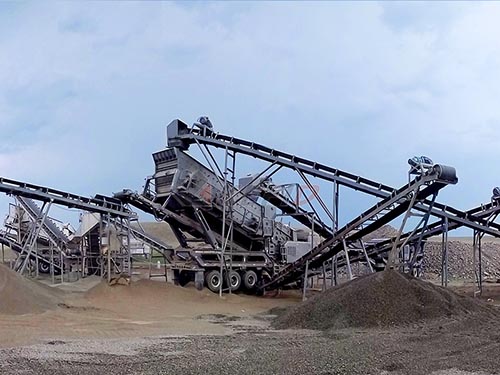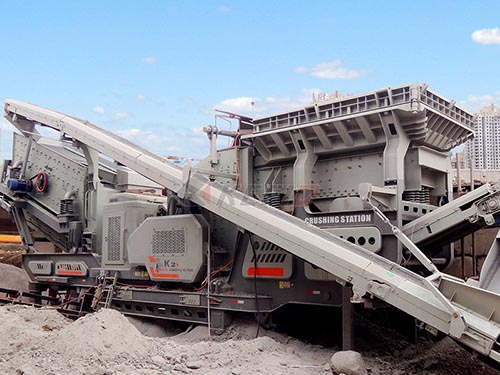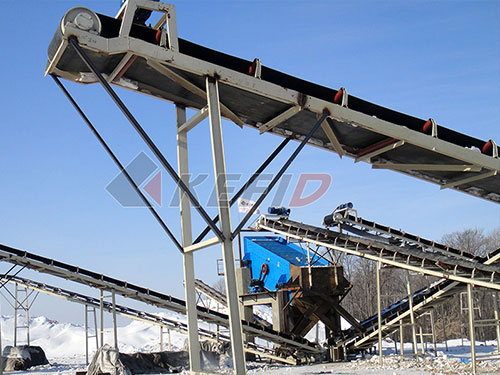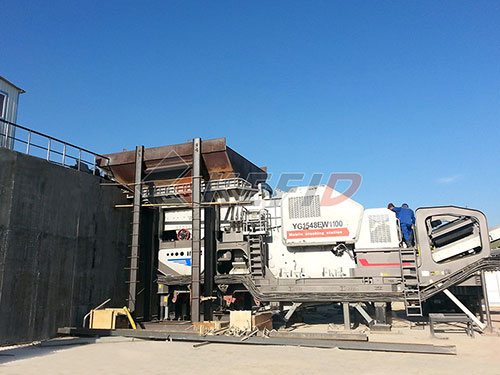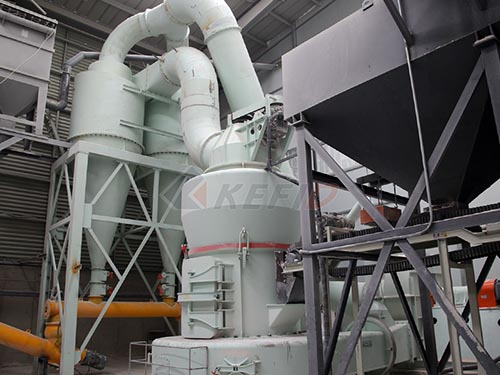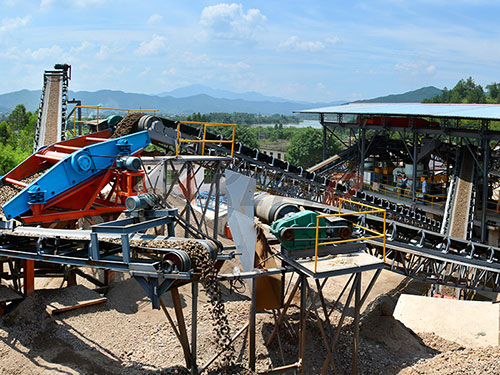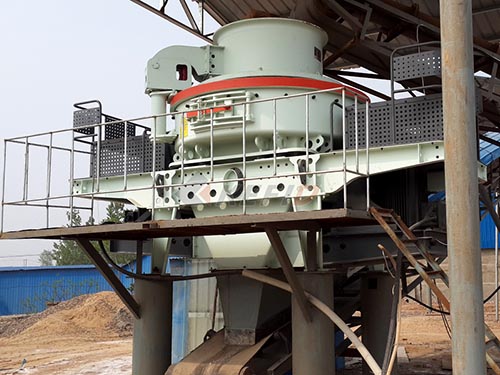
The Thriving Hub of Pulverizer Machine Manufacturing: Tamil Nadu’s Industrial Strength
Tamil Nadu, a cornerstone of India’s industrial landscape, has firmly established itself as a powerhouse for manufacturing, particularly within the heavy machinery sector. Among its key contributions is the robust ecosystem dedicated to producing high-quality pulverizer machines. These essential pieces of equipment, vital for reducing raw materials into fine powders across industries like mining, construction, chemicals, pharmaceuticals, and agriculture, find a significant source in the skilled workshops and factories scattered throughout the state.
The concentration of pulverizer machine manufacturers in Tamil Nadu isn’t accidental. It stems from several key advantages:
1. Industrial Legacy & Infrastructure: Decades of industrial development have fostered a mature ecosystem. Cities like Chennai (Madras), Coimbatore (“The Pump City” with extensive engineering prowess), Tiruppur, and Hosur boast excellent connectivity via road, rail, and major seaports (Chennai, Ennore, Thoothukudi). This facilitates seamless movement of raw materials and finished goods.
2. Skilled Workforce & Engineering Expertise: The state possesses a deep pool of highly skilled engineers, technicians, and foundry workers. Renowned engineering institutions continuously feed this talent pipeline. This expertise translates directly into precision engineering and reliable manufacturing processes crucial for durable pulverizers.
3. Supporting Industries: A strong network of ancillary industries supplying castings, forgings, motors, bearings, electrical components, and specialized fabrication services exists locally. This integrated supply chain reduces lead times and enhances cost-efficiency for manufacturers.
4. Diverse Manufacturing Capabilities: Manufacturers in Tamil Nadu cater to a wide spectrum of needs:
Variety: Production spans various types – Hammer Mills for coarse to medium grinding; Impact Pulverizers for fine powders; Micro Pulverizers for ultra-fine applications; Ball Mills; Pin Mills; and specialized units for food or pharmaceutical use.
Scale: Companies range from large-scale industrial players offering comprehensive solutions to specialized MSMEs focusing on niche applications or custom designs.
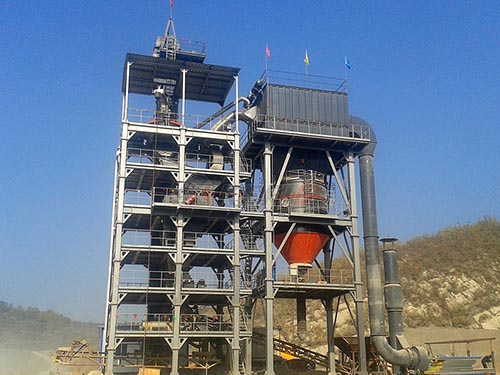
Customization: Many manufacturers excel at tailoring machines to specific client requirements regarding capacity, material hardness (like coal crushing), fineness levels (micron size), abrasion resistance features (liners/hammers), and integration with existing plant processes.
5. Focus on Quality & Innovation: To compete globally and meet stringent domestic demands, leading manufacturers invest significantly in quality control processes (ISO certifications are common), modern CNC machinery


